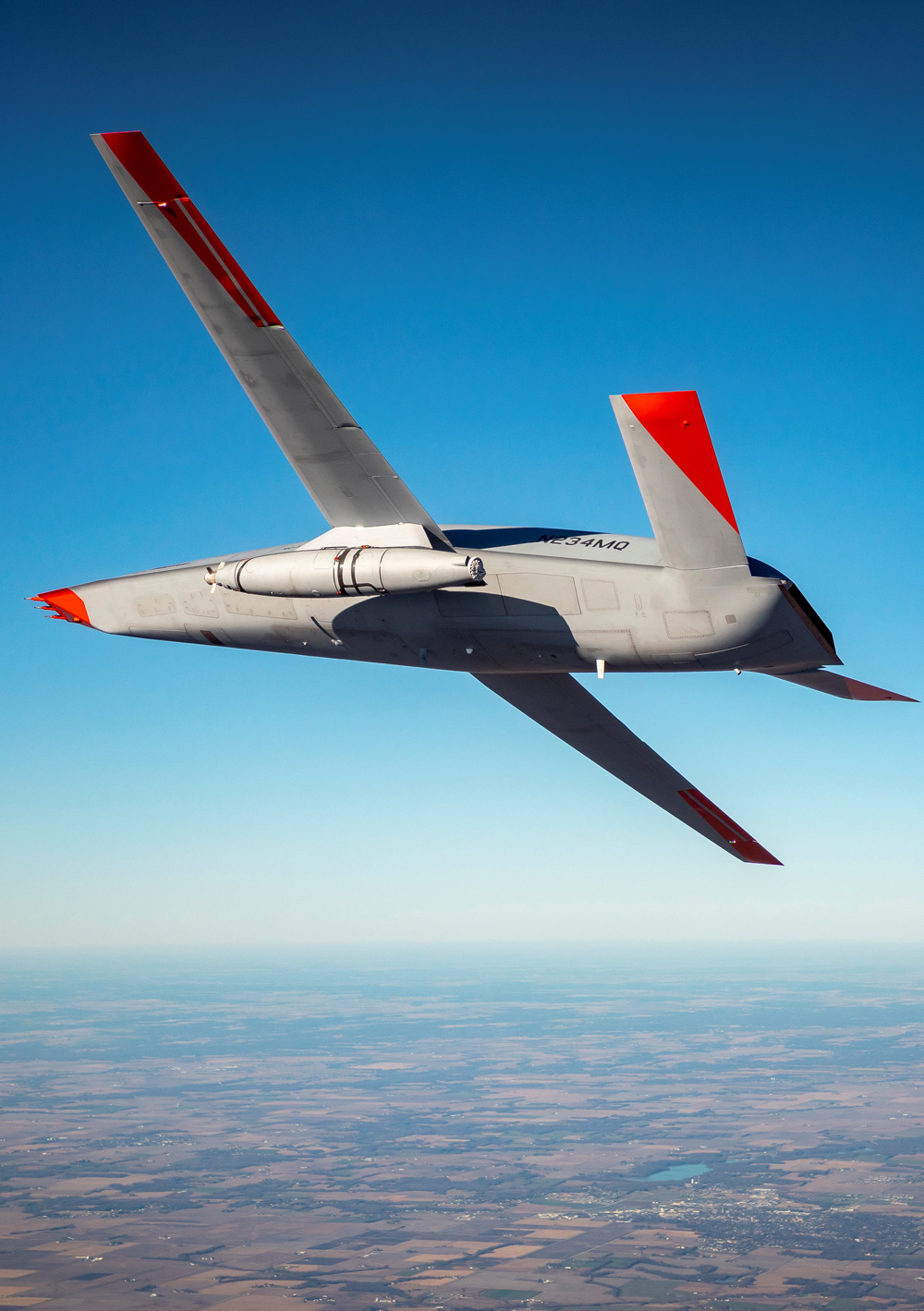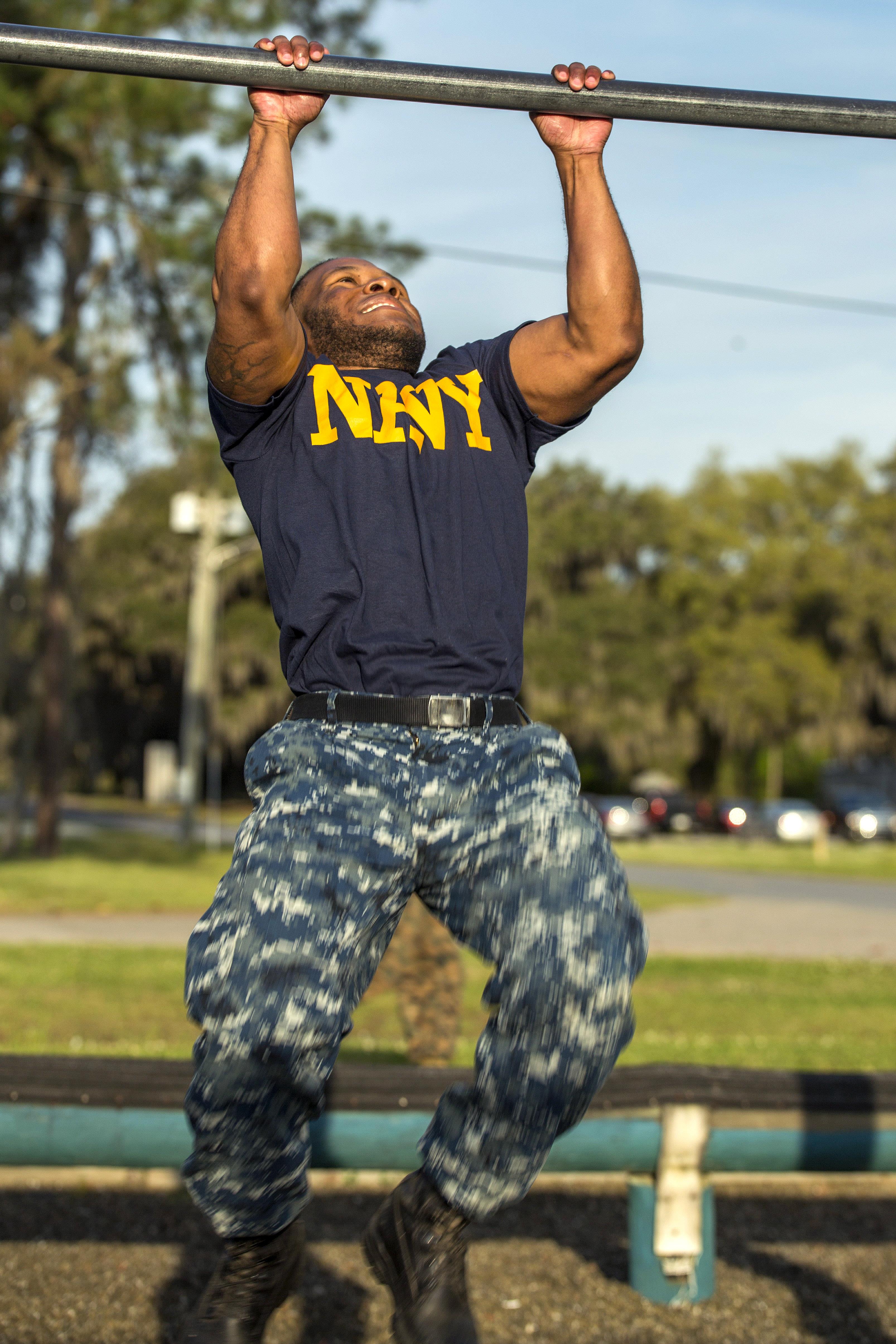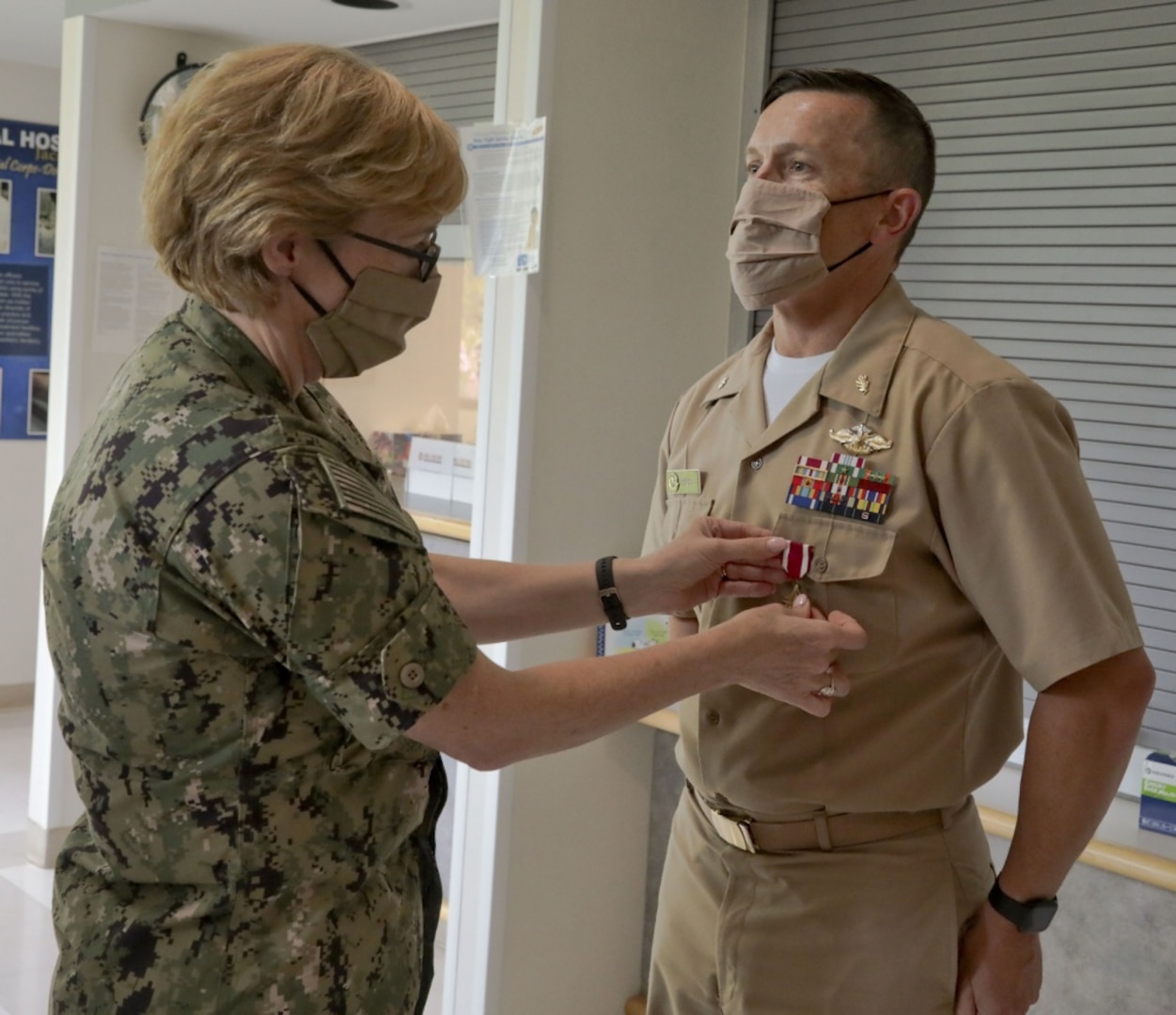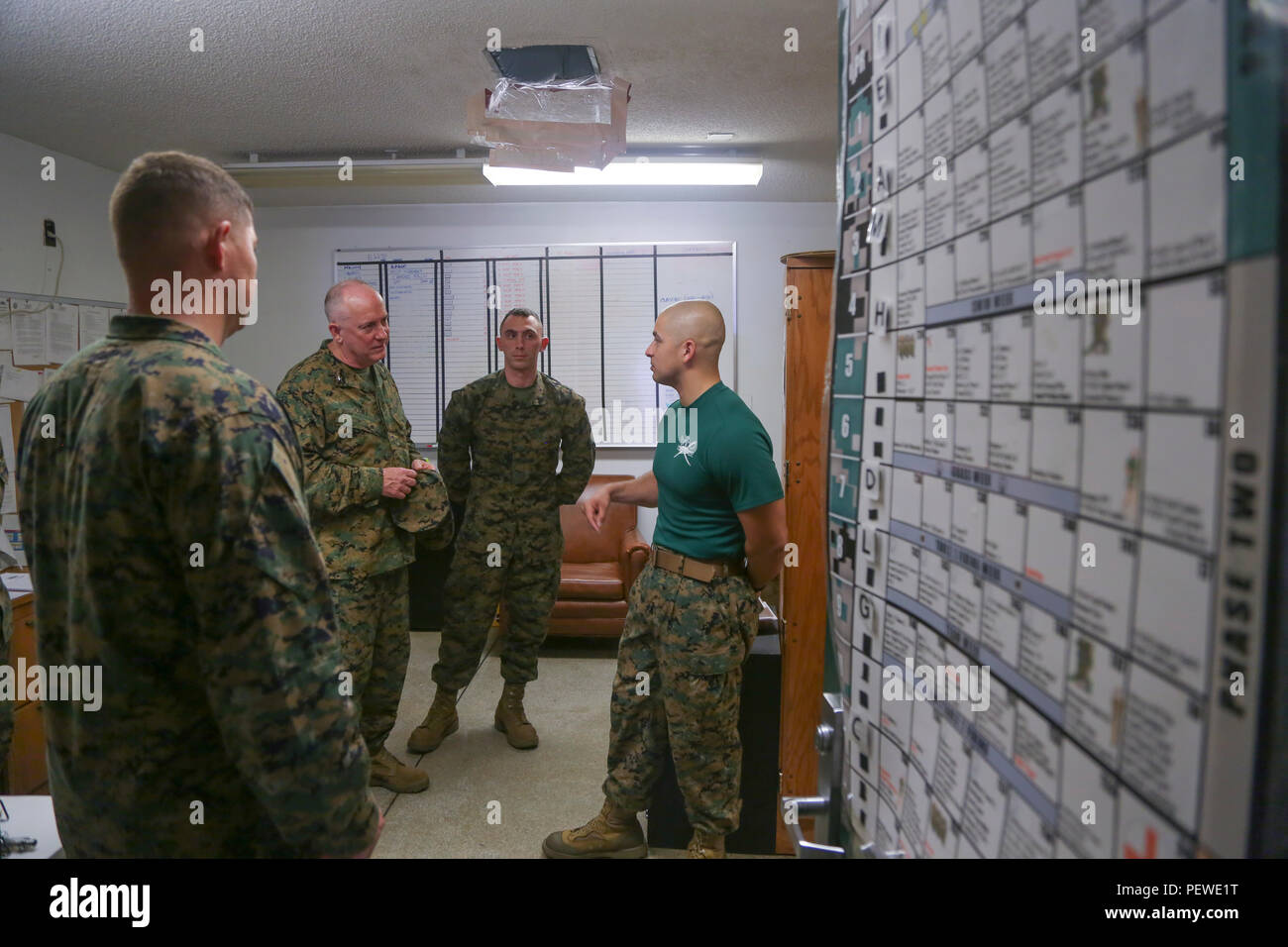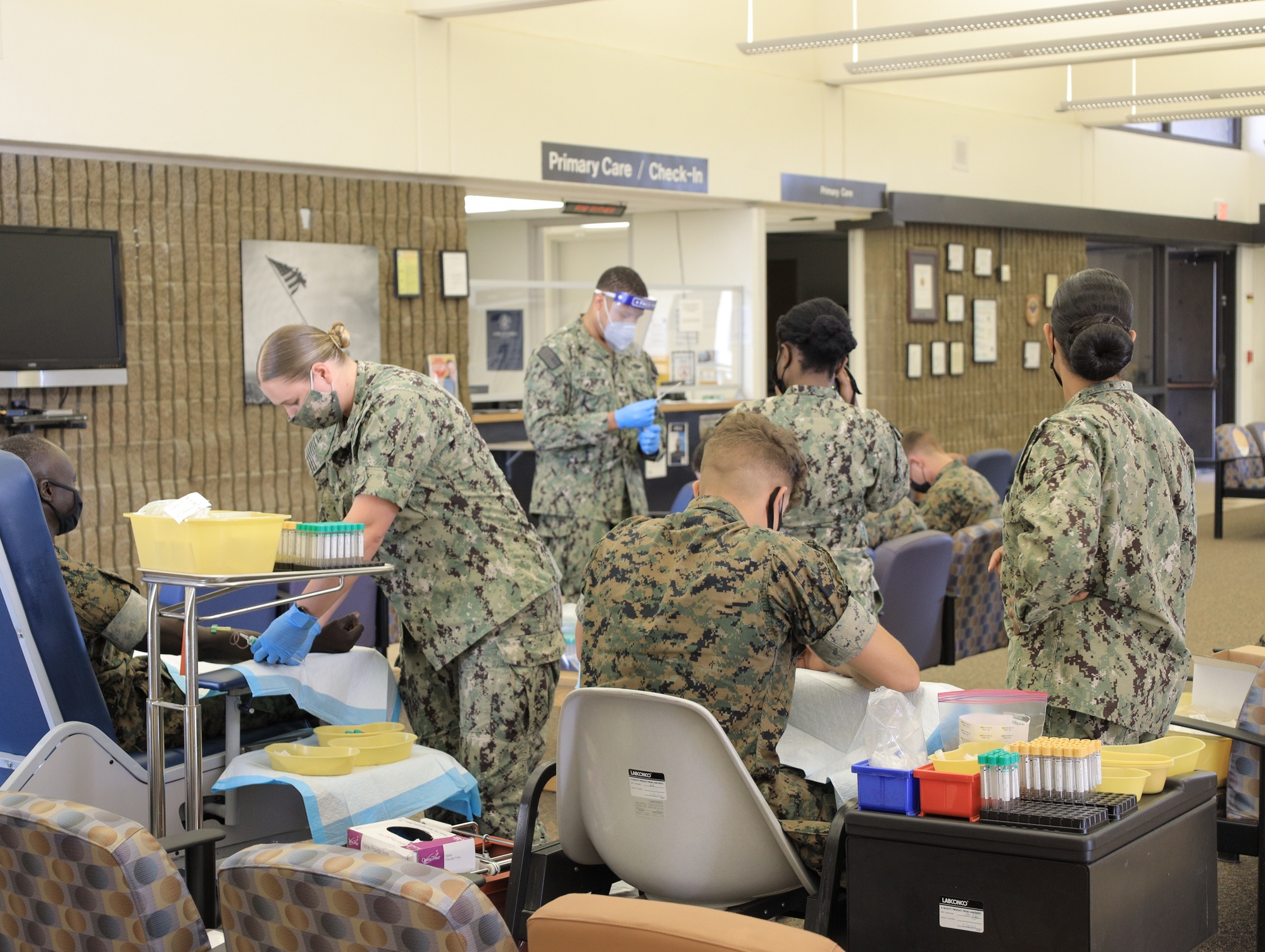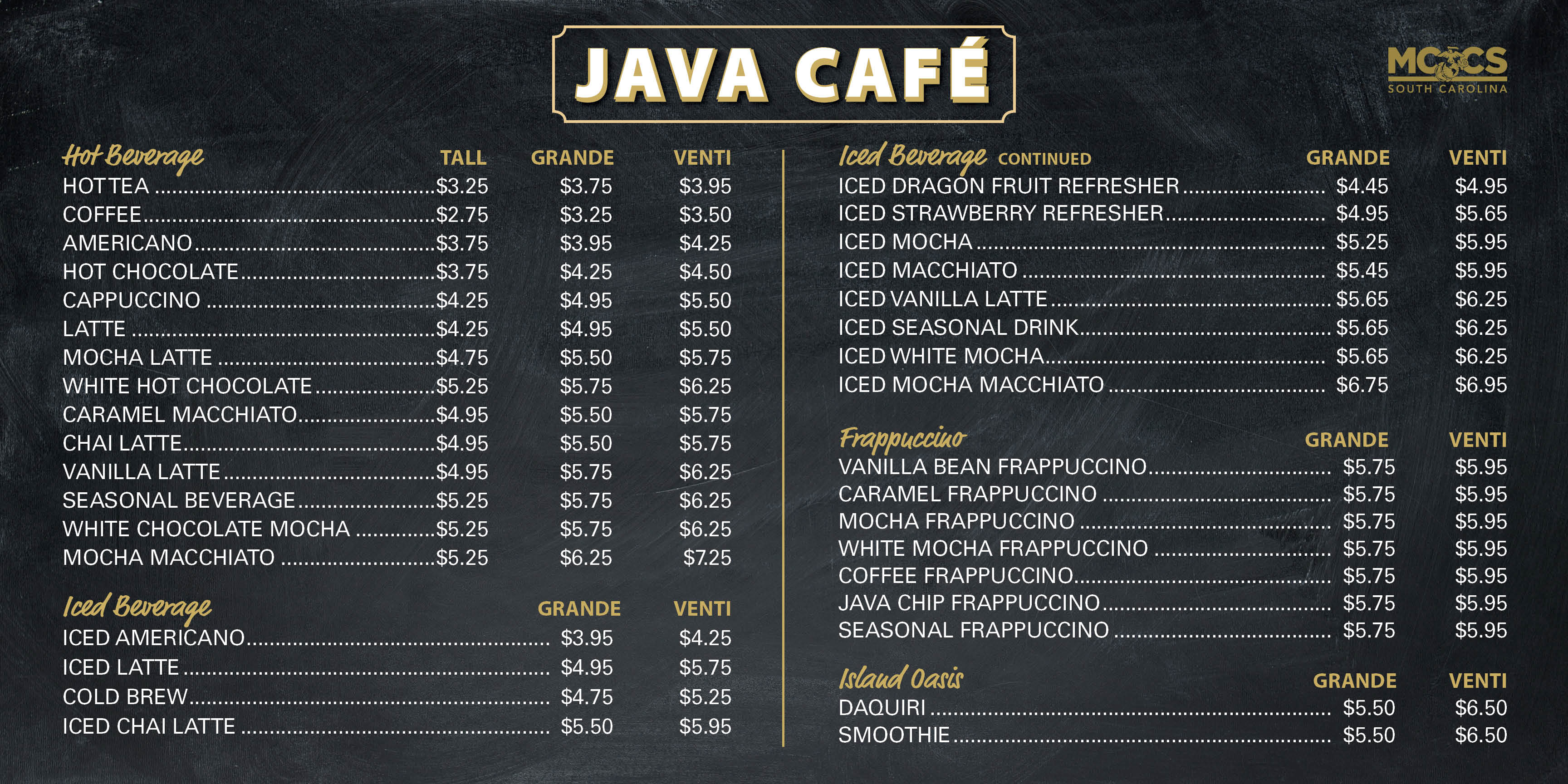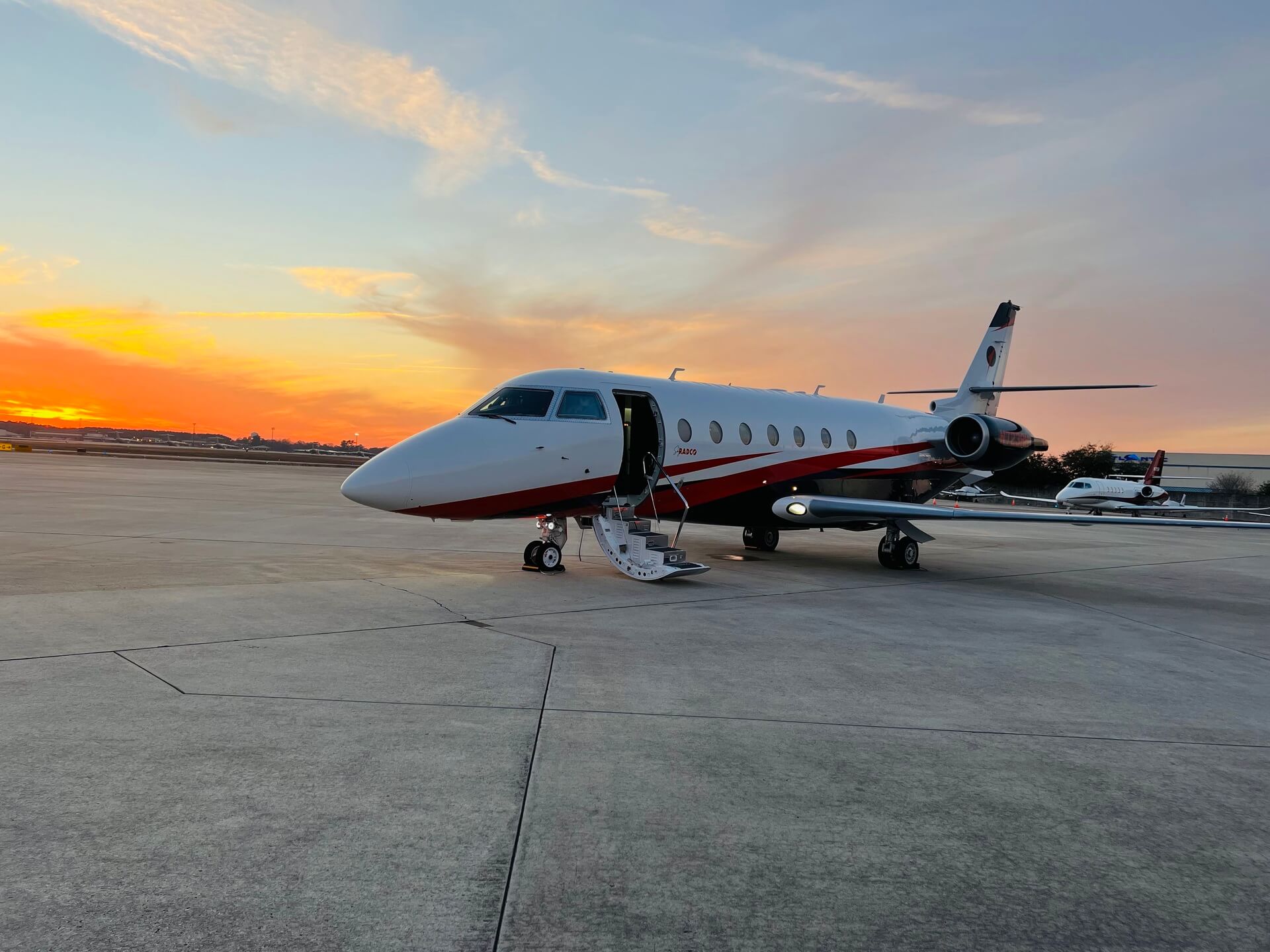Part 91 Aircraft - Owning your own plane can affect your schedule, from flying to enjoying privacy. However, it also comes with responsibilities and costs. Maintain aircraft in top condition and comply with any new regulations.
You may have heard of Part 91 and Part 135, regulations developed by the Federal Aviation Administration (FAA). I'm not sure which one is right for your situation, or both. This guide can help you understand the differences and apply them to your personal situation.
Part 91 Aircraft
14 Title 91 of the Code of Federal Regulations is a regulation created by the FAA to regulate the operation of private aircraft. When you own a private aircraft, you must ensure that the aircraft, pilot and crew meet the standards set out in Part 91.
Activities, Courses, Seminars & Webinars
This law applies to general aviation pilots and makes them responsible for the safety and security of aircraft, cargo and passengers in private aircraft. In particular, the clause applies to private aircraft that are not used in commercial contracts.
The pilot must be able to transport dangerous goods without consequence or comply with federal regulations. However, these products must be sold individually and not for commercial sale.
Part 91 provides many guidelines for the operation and maintenance of private aircraft. This includes factors such as flying the aircraft, general behavior of the flight crew and maintenance of aircraft requiring multiple pilots or co-pilots.
In short, if you make money by owning a private jet, Section 91 may not be the right provision for you, although some aspects may be.
Air Ambulance And Commercial Helicopter Operations, Part 91 Helicopter Operations, And...
Section 135 Regulations relating to the operation of charter-style aircraft and their pilots. This section does not apply to commercial airlines such as Delta, United or British Airways. It applies to cargo planes and specifies when and how they can accept dangerous goods. It is more detailed and provides stricter regulations on private aircraft than Part 91.
Part 135 specifies the amount of rest required between flights that aircrew must take and limits the hours they can fly. It also determines the type of weather in which the aircraft can fly. It holds pilots to high safety standards and ensures the overall well-being of paying passengers.
However, if your private jet is used for personal use and rental, you may wonder when you must follow different rules. If you allow your private aircraft to be used for chartering passengers or cargo, it is a good rule of thumb to comply with the Part 135 regulations.

Like Part 91, Part 135 makes the pilot the person responsible for the condition of the aircraft and ensuring that all regulations are met.
Kathryn's Report: Cessna 310q, Registered To And Operated By The Pilot As A 14 Code Of Federal Regulations Part 91 Personal Flight, N7770q: Accident Occurred March 20, 2015 At St. George Municipal
If you are unfamiliar with aviation and the regulations, Part 91 and Part 135 can be a little confusing. Here's an analogy to help you better understand when each is used:
Imagine you want to buy a small car to take your children to school and yourself to work. You go to the store and choose the right size. You are responsible for obtaining your driver's license and insurance. You are responsible for ensuring that the vehicle is kept in good working order.
Now imagine you own a daycare center and buy a minivan to drive not only you and your kids around, but also the kids in the daycare center. Now, you need a business license. You should get special insurance. As for driving, the rest is up to you to ensure the safety of your children.
Section 135 provides stricter guidelines to ensure the general safety of passengers and chartered baggage in private aircraft.
Does The Prd Apply To Me?
By thoroughly understanding Part 91 and Part 135, you can ensure that you don't end up on the wrong side of the FAA and face penalties or worse. Whether or not you allow leasing to cover the cost of owning a private jet, you always want to maintain your aircraft and ensure the safety of your passengers.
You can enjoy your private jet even more by letting a flight management company take over the day-to-day operations of your private jet. At Mayo Airlines, we are ready to work with you. Contact us today to get started!
We use cookies to personalize content and ads, provide social media features, and analyze our traffic. We share information about your use of the Site with our social media, advertising and analytics partners, who may combine it with other information you provide or collect from your use of their services. Privacy Policy The Whole Truth About Section 91 and Section 135 If you're going to write a contract, you need to understand these complex rules.

One of the first things you hear when you start flying in commercial aviation in the United States is a small but important difference between operating a 91 and a 135. Many people still think of the difference in simple terms: segment 91 - segment 135. The truth is more complex. .
Nbaa Joins Industry Groups In Offering Solutions To Streamline Faa's Part 91 Loa Approval Process
Part 91 is the part of the Federal Aviation Regulations that provides general operating and pilotage rules for civil aircraft. Whether you are flying a Cessna 182 or a Boeing 777, you must follow these rules. However, Section 91 rules do not consider them to be "non-commercial" and that generally do not pay compensation or even compensation for the carriage of passengers or cargo.
To tax air travel, you will need commercial approval from the FAA, specifically a tax permit and, in some cases, approval from the Department of Transportation. Given the size of most commercial aircraft, the majority of commercial certificates are issued for operations under Part 135 (FAA Contract Regulations) and are often referred to as "Certificates of Duty" despite their technical name being "Certificates of Duty". Air Carrier". Obtaining a new charter license is an involved and time-consuming process, and as of this writing the FAA is holding new applications anyway, so most people who want to fly under Part 135 have an agreement with an existing charter company.
At first glance, it may seem odd that the FAA would have two sets of rules governing the same aircraft, depending on whether passengers have rights or not. But the organization believes that the public has a right to expect people in the business of providing transport to take more precautions in doing so. The Part 135 regulations are designed to hold pilots, aircraft, operations and even passengers to a higher standard than the transportation itself. (Section 91 still applies unless the more restrictive section 135 overrides the law.)
Under Section 91, your caffeinated pilots can fly your planes for days on end without taking a break. Part 135 (and part 91 of subpart K applicable to subprograms) contains flight duty and rest time requirements. This is one of the most common differences in Section 91 because when the duty day ends, it ends and does not start again until other requirements are met. Part 135 also sets out more detailed testing and requires flight crew to undergo drug and alcohol testing. Part 135 certified airplanes must comply with the specifications of Part 135 and in some cases must be equipped differently from the mandate of Part 91, including internal fire protection.
Kathryn's Report: Beech 76 Duchess, Instructional Evaluation Flight Operated Under The Provisions Of 14 Code Of Federal Regulations (cfr) Part 91, N6627u: Accident Occurred December 30, 2016 At Marion County Airport (x35), Dunnellon, Florida
The performance requirements of Part 135 are also different from Part 91. According to Part 91, but not Part 135, it is theoretically possible to fly in zero visibility conditions. Aircraft operated under Part 135 may not normally use aerodromes where there is no live weather report. Under Part 91, the required length of the runway is determined by the performance limitations of the aircraft, and Part 135 requires an additional 40% "cushion" length.
Under Section 91, passenger ID is generally not required for travel within the United States, but for chartered flights, however, passengers must pass an identity check and a government-issued photo ID is required, as are persons with and at least 18 years old to board. the airline.
Given that Section 135 businesses are "businesses," they may have federal tax consequences. Although the IRS has its own definition of "commercial" activity and is not limited by FAA regulations, surrendering control of an aircraft by an aircraft owner to a contract operator may cause the IRS to treat the flight as commercial. According to its rules - even if the owner is a passenger. Section 135 can address two major tax issues: the timing of tax credits and the effect on shipping taxes.

If Section 135 sounds like it involves a lot of regulation, red tape and government intervention, it is. But there are benefits. Unlike Section 91 which provides compensation for air travel
Aircraft Management Services
Aircraft appraisal online, free aircraft appraisal, aircraft appraisal services, aircraft appraisal cost, aircraft appraisal jobs, aircraft appraisal course, aircraft appraisal training, business appraisal, rolex appraisal, appraisal software, 409a appraisal, aircraft appraisal report


